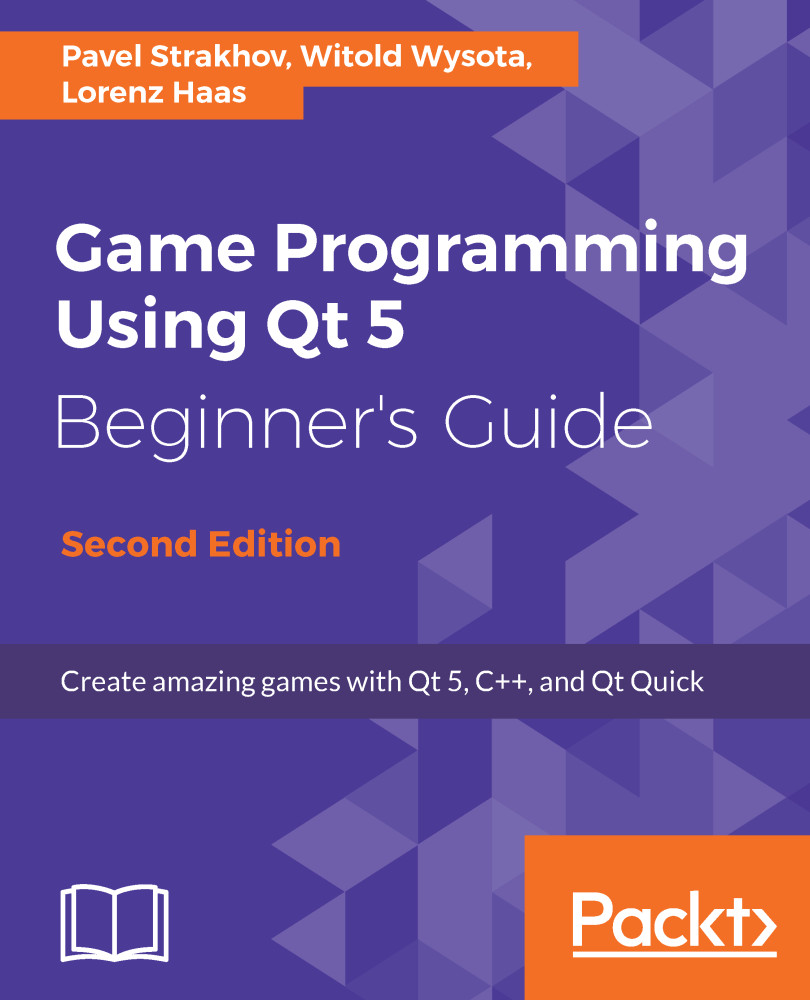Hardware acceleration is crucial for implementing modern games with advanced graphics effects. Qt Widgets module uses traditional approach optimized for CPU-based rendering. Even though you can make any widget use OpenGL, the performance will usually not be maximized. However, Qt allows you to use OpenGL or Vulkan directly to create high-performance graphics limited only by the graphics card's processing power. In this chapter, you will learn about employing your OpenGL and Vulkan skills to display fast 3D graphics. If you are not familiar with these technologies, this chapter should give you a kickstart for further research in this topic. We will also describe multiple Qt helper classes that simplify usage of OpenGL textures, shaders, and buffers. By the end of the chapter, you will be able to create 2D and 3D graphics for your games...
-
Book Overview & Buying

-
Table Of Contents

Game Programming using Qt 5 Beginner's Guide - Second Edition
By :

Game Programming using Qt 5 Beginner's Guide
By:
Overview of this book
Qt is the leading cross-platform toolkit for all significant desktop, mobile, and embedded platforms and is becoming popular by the day, especially on mobile and embedded devices. It's a powerful tool that perfectly fits the needs of game developers. This book will help you learn the basics of Qt and will equip you with the necessary toolsets to build apps and games.
The book begins by how to create an application and prepare a working environment for both desktop and mobile platforms. You will learn how to use built-in Qt widgets and Form Editor to create a GUI application and then learn the basics of creating graphical interfaces and Qt's core concepts.
Further, you'll learn to enrich your games by implementing network connectivity and employing scripting. You will learn about Qt's capabilities for handling strings and files, data storage, and serialization.
Moving on, you will learn about the new Qt Gamepad module and how to add it in your game and then delve into OpenGL and Vulcan, and how it can be used in Qt applications to implement hardware-accelerated 2D and 3D graphics. You will then explore various facets of Qt Quick: how it can be used in games to add game logic, add game physics, and build astonishing UIs for your games.
By the end of this book, you will have developed the skillset to develop interesting games with Qt.
Table of Contents (18 chapters)
Preface
 Free Chapter
Free Chapter
Introduction to Qt
Installation
Qt GUI Programming
Custom 2D Graphics with Graphics View
Animations in Graphics View
Qt Core Essentials
Networking
Custom Widgets
OpenGL and Vulkan in Qt applications
Scripting
Introduction to Qt Quick
Customization in Qt Quick
Animations in Qt Quick Games
Advanced Visual Effects in Qt Quick
3D Graphics with Qt
Pop quiz answers
Other Books You May Enjoy
